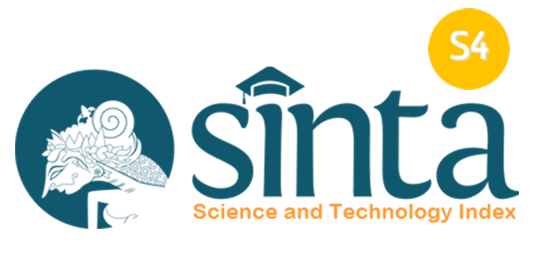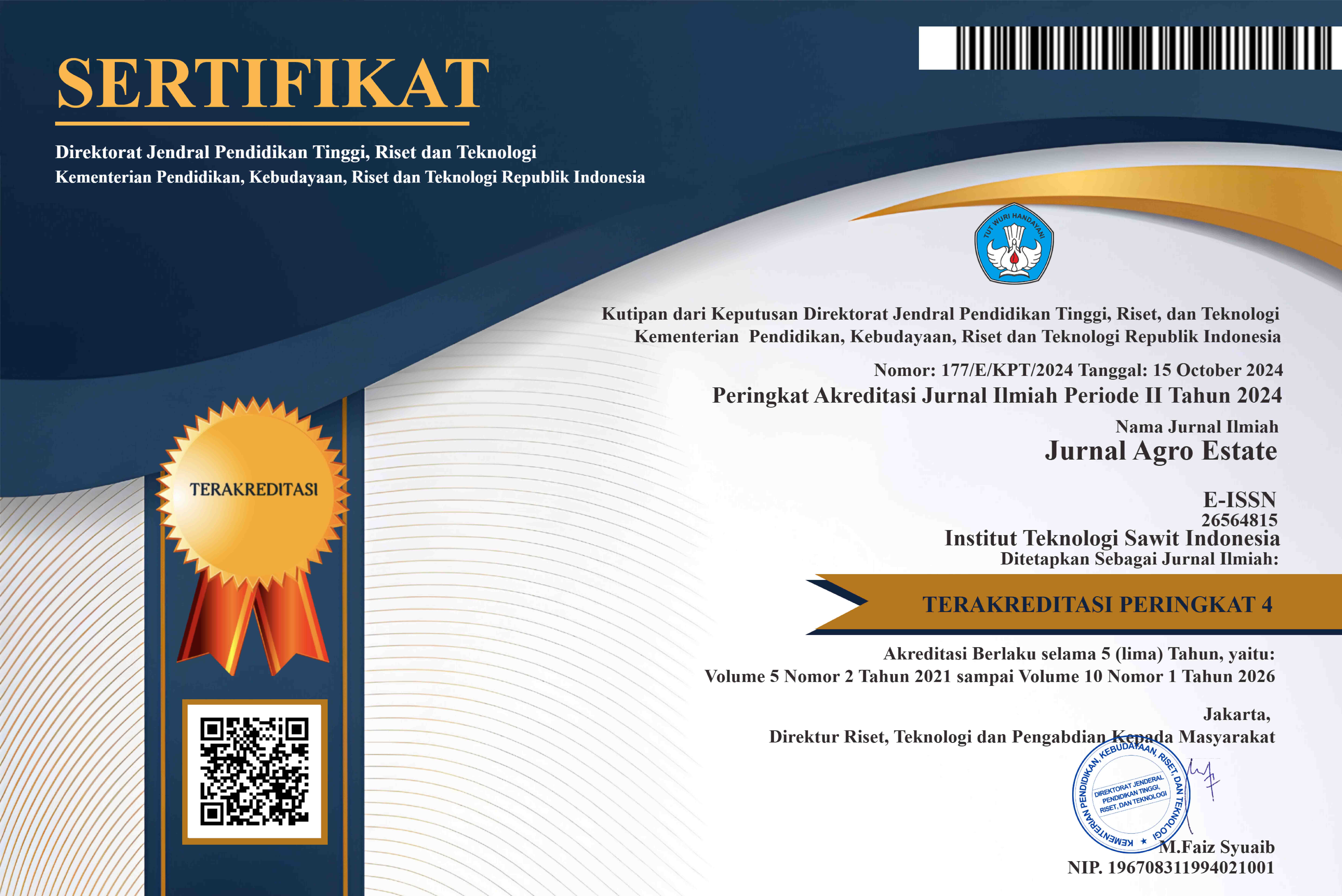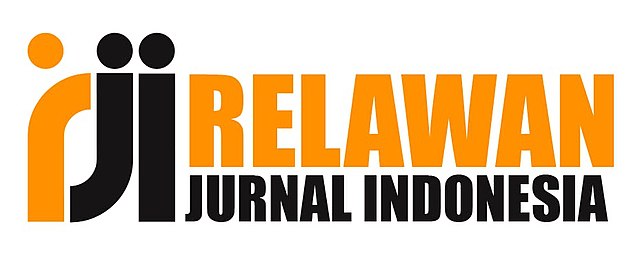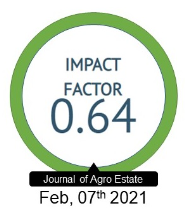ISOLASI DAN UJI ANTAGONIS BAKTERI ASAL TANDAN KOSONG SAWIT YANG DIAPLIKASIKAN PADA AREAL TANAMAN KARET TERHADAP PENYAKIT JAMUR AKAR PUTIH (R. microporus)
DOI:
https://doi.org/10.47199/jae.v4i2.71Keywords:
Hevea brasiliensis, oil palm empty fruit bunches, TKKS, white root disease, bacteriAbstract
Uji antagonis terhadap jamur R. microporus telah dilakukan pada delapan isolat bakteri di laboratorium proteksi Balai Penelitian Sungei Putih. Isolat-isolat tersebut diisolasi dari permukaan TKKS yang diaplikasikan pada areal perkebunan karet. Media nutrient agar (NA) digunakan dalam isolasi dan pemurnian bakteri. Uji antagonis dilakukan secara in vitro dengan metode Dual Culture dan diamati pada 2,4,6, dan 8 hari setelah inokulasi (HSI). Hasil penelitian menunjukkan bahwa delapan isolat bakteri memiliki karakter morfologi (warna, bentuk, tepian dan elevasi) serta kemampuan penghambatan jamur R. microporus yang berbeda. Penghambatan oleh bakteri mulai terlihat pada 2 HSI terutama pada isolat B2, B3, B4, dan B7. Persentase penghambatan masing-masing isolate tersebut adalah 30%, 60%, 65% dan 69%. Hingga 8 HSI, isolat B2, B3, B4, B6, B7 dan B8 mampu menghambat perkembangan jamur R. microporus ≥ 80%. Isolat B3 dan B4 memiliki kemampuan antagonisme yang paling baik dengan persentase penghambatan ≥ 95%. Sedangkan isolat B1 dan B5 hanya dapat menghambat perkembangan jamur R. microporus ≤ 50%. Eksistensi bakteri-bakteri antagonis inilah yang kemungkinan besar menyebabkan TKKS tidak menjadi inang penyakit jamur akar putih (R. microporus) ketika diaplikasikan di lapangan.
The antagonistic assay of eight isolates of bacteria against R. microporus fungi has been conducted in the Plant Protection Laboratory of Sungei Putih Research Centre. The isolates of bacteria were isolated by the surface of oil palm empty fruit bunches (TKKS) applied in the rubber field. Nutrient agar (NA) was employed in the isolation and purification of bacteria. The antagonistic assay was carried out in vitro using the dual culture method. The observation was performed on 2, 4, 6, and 8 days after incubation (HSI). The result indicated that the eight isolates have varied morphological characters (including color, shape, edge, and elevation) and their inhibition ability of R. microporus fungi as well. The initial inhibition by the isolates of bacteria was started since 2 HSI particularly in the isolates B2, B3, B4, and B7. The inhibition percentage of those isolates were 30%, 60%, 65% dan 69% respectively. Until 8 HSI, the isolates B2, B3, B4, B6, B7 and B8 were still inhibiting the growth of R. microporus fungi > 80%. The isolates B3 and B4 showed the best performance in the inhibition of fungi with inhibition percentage > 95%. Whereas, the ability of inhibition of the isolate B1and B5 were very low as < 50%. The existence of such antagonistic bacteria perhaps led to TKKS was not role as the host of white root disease while applied in the rubber field.
Downloads
References
Abdul Rahman, Z., & Lim, K. (2000). Oil palm empty fruit bunch as a source of nutrients and soil ameliorant in oil palm plantation. Malaysian Journal of Soil Science, 4(June), 51–66.
Farrasati, R., Pradiko, I., Rahutomo, S., Sutarta, E. S., Santoso, H., & Hidayat, F. (2020). C-organik Tanah di Perkebunan Kelapa Sawit Sumatera Utara: Status dan Hubungan dengan Beberapa Sifat Kimia Tanah. Jurnal Tanah Dan Iklim, 43(2), 157. https://doi.org/10.21082/jti.v43n2.2019.157-165
Haidar, R., Roudet, J., Bonnard, O., Dufour, M. C., Corio-Costet, M. F., Fert, M., Gautier, T., Deschamps, A., & Fermaud, M. (2016). Screening and modes of action of antagonistic bacteria to control the fungal pathogen Phaeomoniella chlamydospora involved in grapevine trunk diseases. Microbiological Research, 192, 172–184. https://doi.org/10.1016/j.micres.2016.07.003
Hardiyanti, S., Soekarno, B. P. W., & Yuliani, T. S. (2018). Kemampuan Mikrob Endofit dan Rizosfer Tanaman Karet dalam Mengendalikan Rigidoporus microporus. Jurnal Fitopatologi Indonesia, 13(5), 153. https://doi.org/10.14692/jfi.13.5.153
Hastuti, R. D., & Ginting, R. C. B. (2007). Enumerasi Bakteri, Cendawan, dan Aktinomisetes. In R. Saraswati, E. Husen, & R. D. M. Simanungkalit (Eds.), Metode Analisis Biologi Tanah (p. 271). Balai Besar Penelitian dan Pengembangan Sumberdaya Lahan Pertanian.
IBM Corp. (2017). IBM SPSS Statistics for Windows version 25.0, Armonk, NY.
Krasilnikov, N. A. (1960). The biological role of microbes-antagonists, producers of antibiotic substances. Soil Science and Plant Nutrition, 5(4), 184–193. https://doi.org/10.1080/00380768.1960.10430915
Nugroho, P. A., Istianto, & Munthe, H. (2012). Aplikasi tandan kosong sawit pada areal tanaman karet Menghasilkan dan pengaruhnya terhadap beberapa sifat tanah. Agroscientiae, 19(2), 87–93.
Nugroho, P. A., & Wijaya, T. (2017). Leaf nutrient status of rubber tree in differrent ecology zone of north sumatra. In K. Jacob, A. bin Ibrahim, A. M. Kamarudin, E. Gohet, J. Mathew, L. Rodrigo, D. Kim, & C. K. See (Eds.), Proceedings International Rubber Conference (pp. 774–785). http://ejournal.puslitkaret.co.id/index.php/proc/article/view/501
Saputra, J., & Stevanus, C. T. (2019). Aplikasi kompos tandan kosong kelapa sawit pada tanaman karet menghasilkan. Warta Perkaretan, 38(1), 1–10. https://doi.org/10.22302/ppk.wp.v1i1.587
Shehata, S. F., & El-Borollosy, A. M. (2008). Induction of Resistance Against Zucchini Yellow Mosaic Potyvirus and Growth Enhancement of Squash Plants Using Some Plant Growth-promoting Rhizobacteria. Australian Journal of Basic and Applied Sciences, 2(2), 174–182.
Simbolon, A., Hanum, C., & Lahay, R. (2015). Kandungan Hara Tanah Dan Tanaman Karet Menghasilkan Terhadap Pemberian Tandan Kosong Kelapa Sawit (Tkks) Dan Jumlah Lubang Biopori. Jurnal Agroekoteknologi Universitas Sumatera Utara, 3(3), 105229. https://doi.org/10.32734/jaet.v3i3.10943
Singh, G., Manharan, S., & Toh, T. S. (1990). United Plantation Aproach to Oil Palm Mill by Product Management and Utilisation. In J. Sukaimi, G. Sigh, S. Manharan, & T. S. Toh. (Eds.), Procceding of International Palm Oil Development Conference (pp. 225–234). Palm Oil Research Institute of Malaysia.
Skidmore, A. M., & Dickinson, C. H. (1976). Colony interactions and hyphal interference between Septoria nodorum and phylloplane fungi. Transactions of the British Mycological Society. https://doi.org/10.1016/s0007-1536(76)80092-7
Syahputra, E., Fauzi, & Razali. (2015). Karakteristik Sifat Kimia Sub Grup Tanah Ultisol di Beberapa Wilayah Sumatera Utara. Agroekoteknologi, 4(1), 1796–1803.
Widawati, S. (2015). Isolasi dan aktivitas plant growth promoting rhizobacteria (rhizobium, azospirillum, azotobacter, pseudomonas)dari tanah perkebunan karet , Lampung. Berita Biologi, 14, 77–88.
Widiastuti, H., Prakoso, H. T., Suharyanto, & Siswanto. (2015). Optimasi pengomposan tandan kosong kelapa sawit menggunakan dekomposer bakteri lignoselulolitik skala komersial. Menara Perkebunan, 83(2), 60–69.
Wijaya, T. (2010). Pemanfaatan tandan kosong kelapa sawit untuk pupuk organik di PT Pinago Utama. In T. Wijaya, Kuswanhadi, S. Hendratno, R. Susanto, & M. Supriadi (Eds.), Proceedings Seminar Nasional Teknologi Pemupukan 2010 Palembang , 27-28 Juli 2010 : ”Antisipasi Mengatasi Kelangkaan dan Kenaikan Harga Pupuk Menelisik Kesiapan dan Potensi Pupuk Organik”. Balai Penelitian Sembawa, Pusat Penelitian Karet.
Downloads
Published
How to Cite
Issue
Section
License
Copyright (c) 2023 Agro Estate

This work is licensed under a Creative Commons Attribution 4.0 International License.























